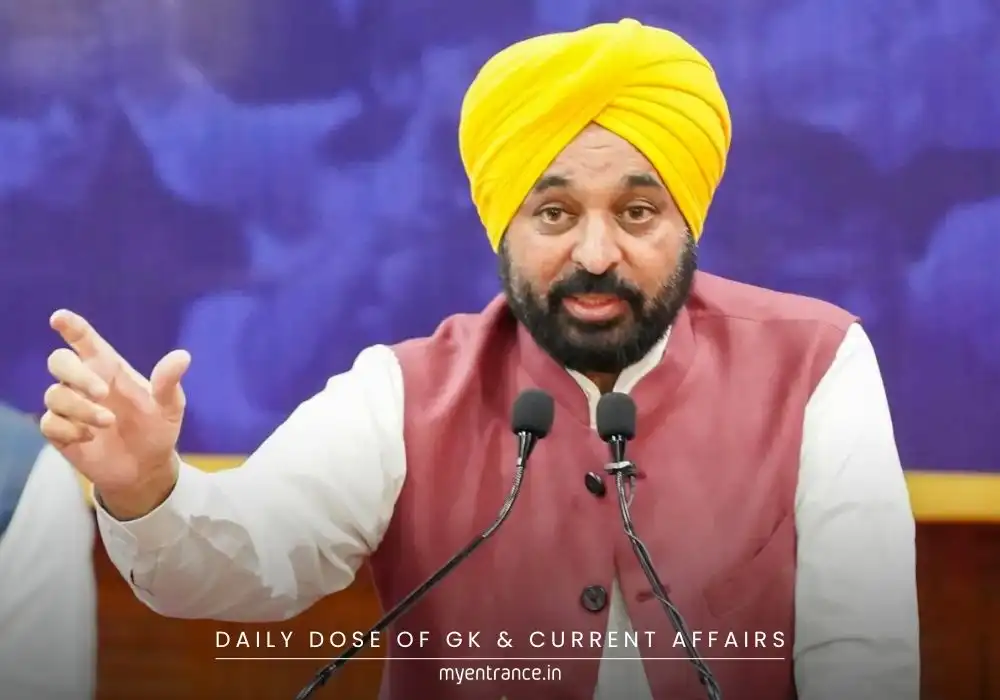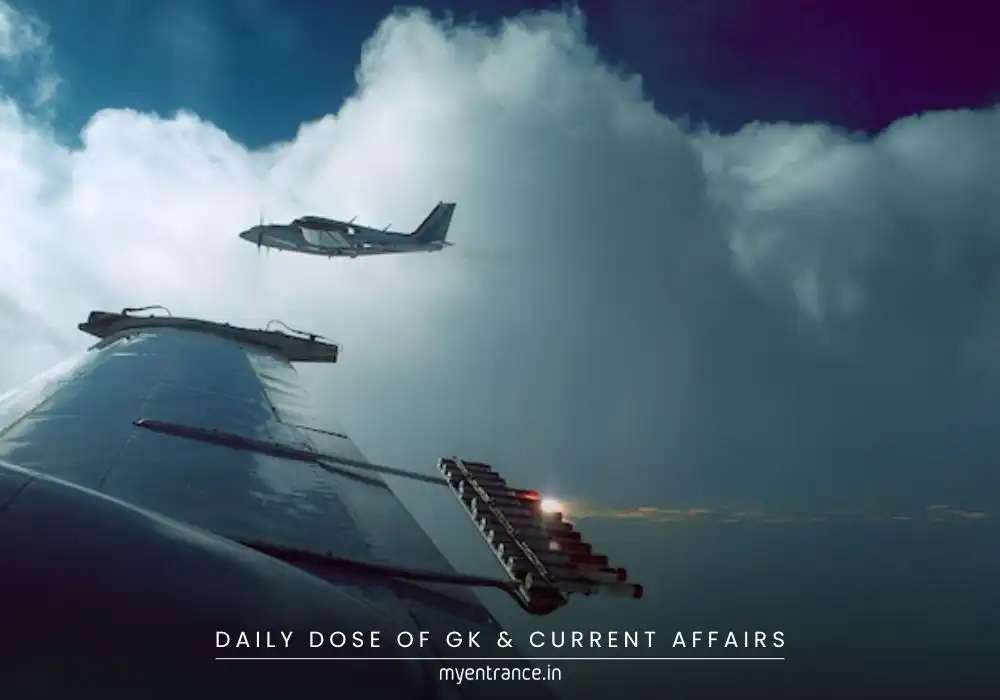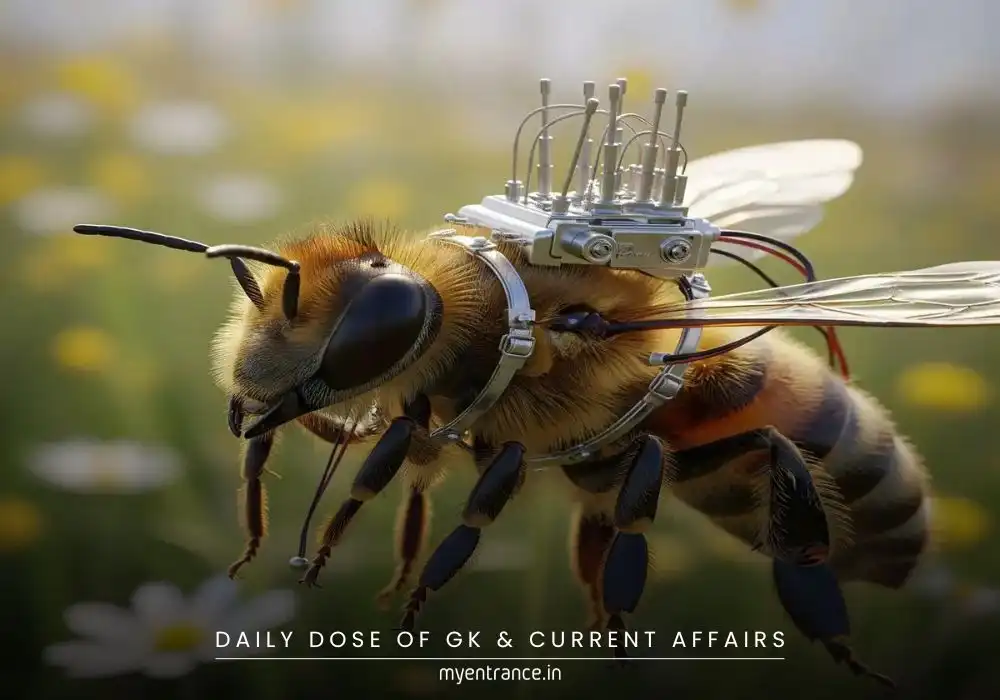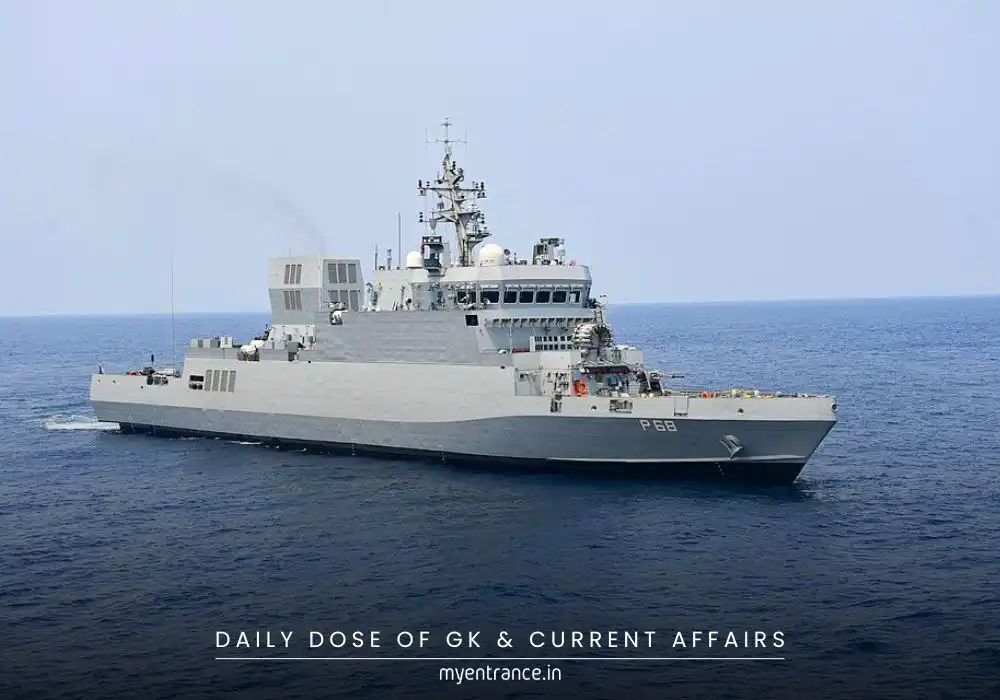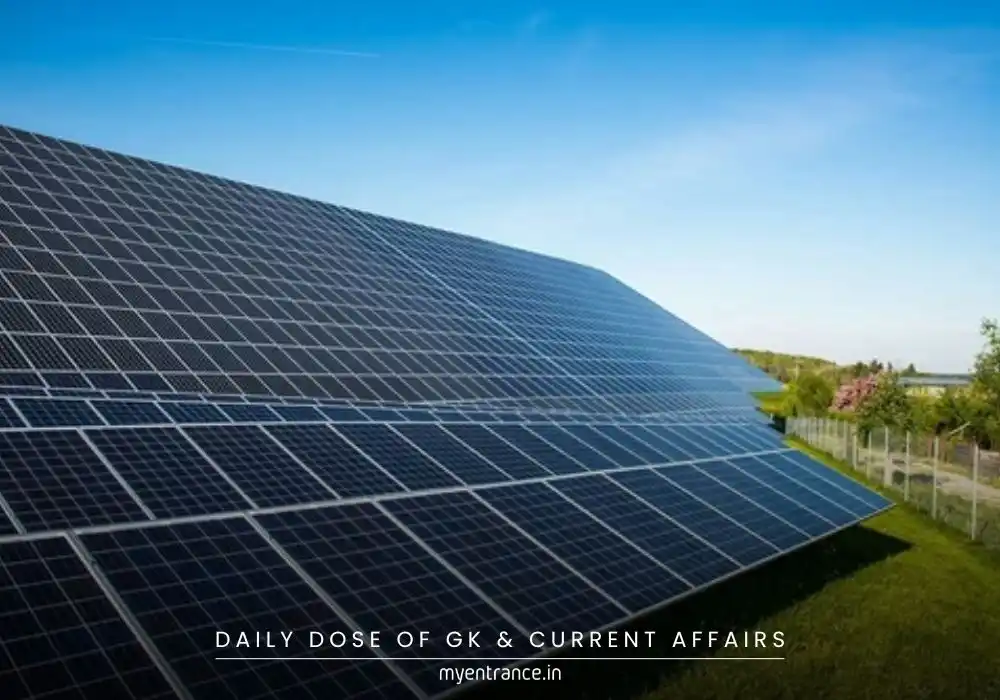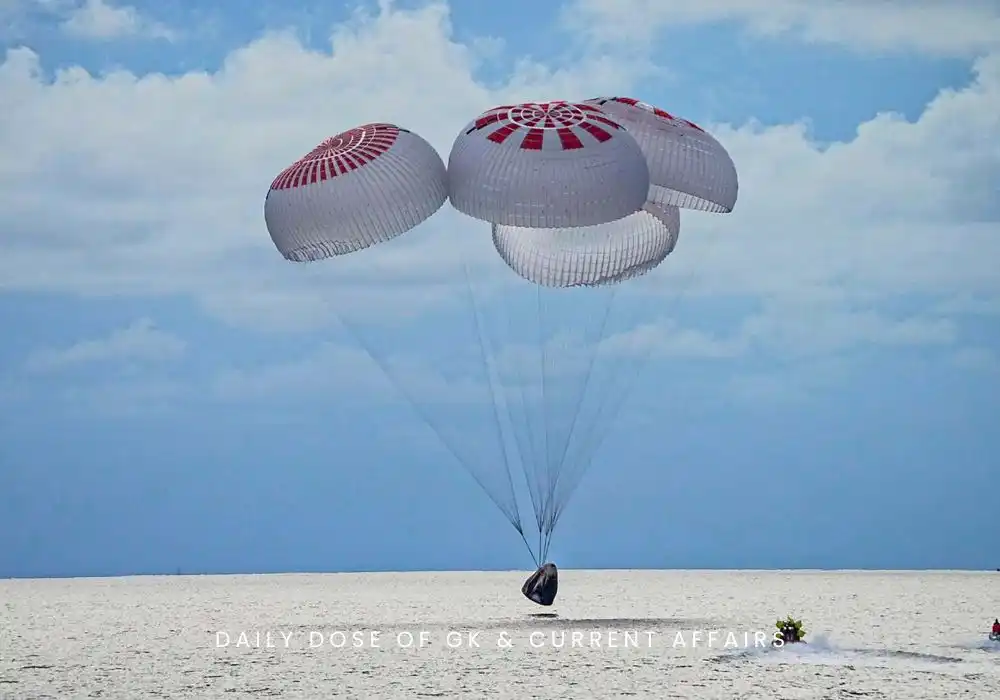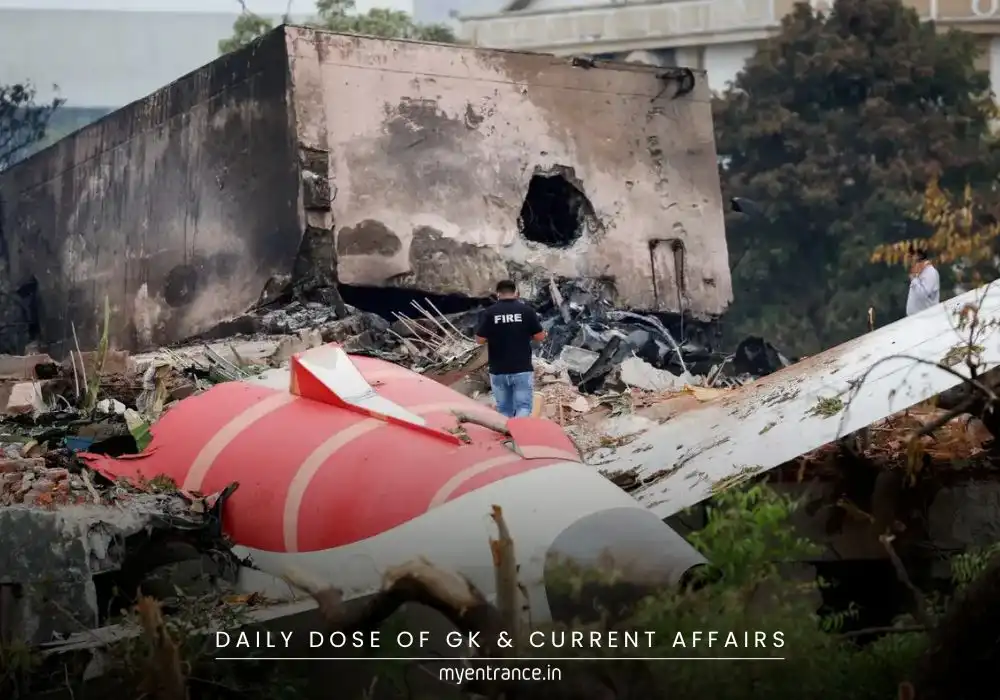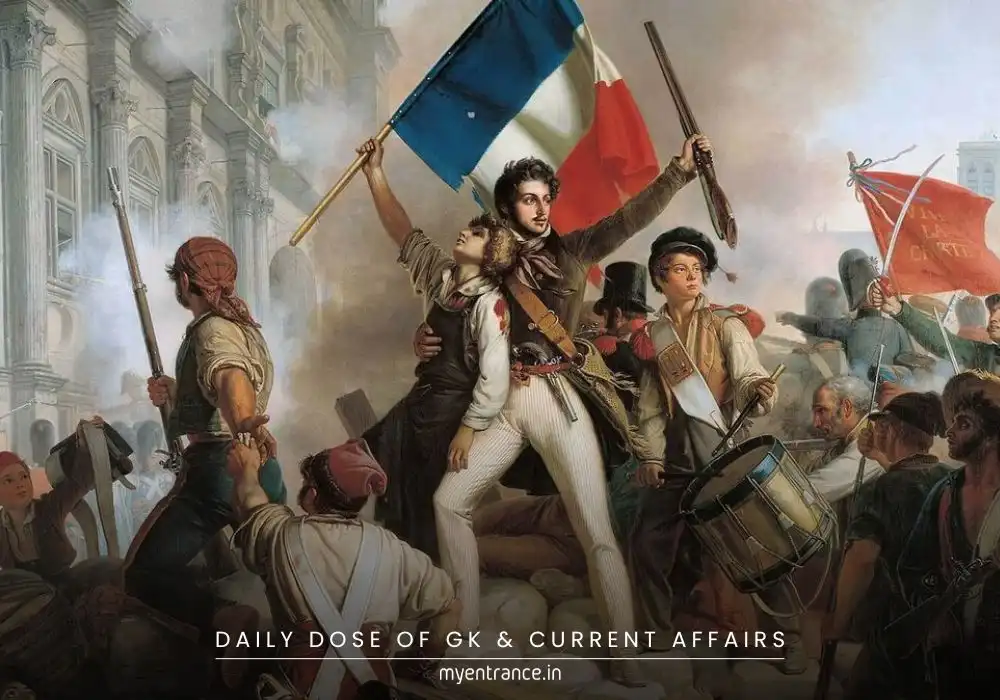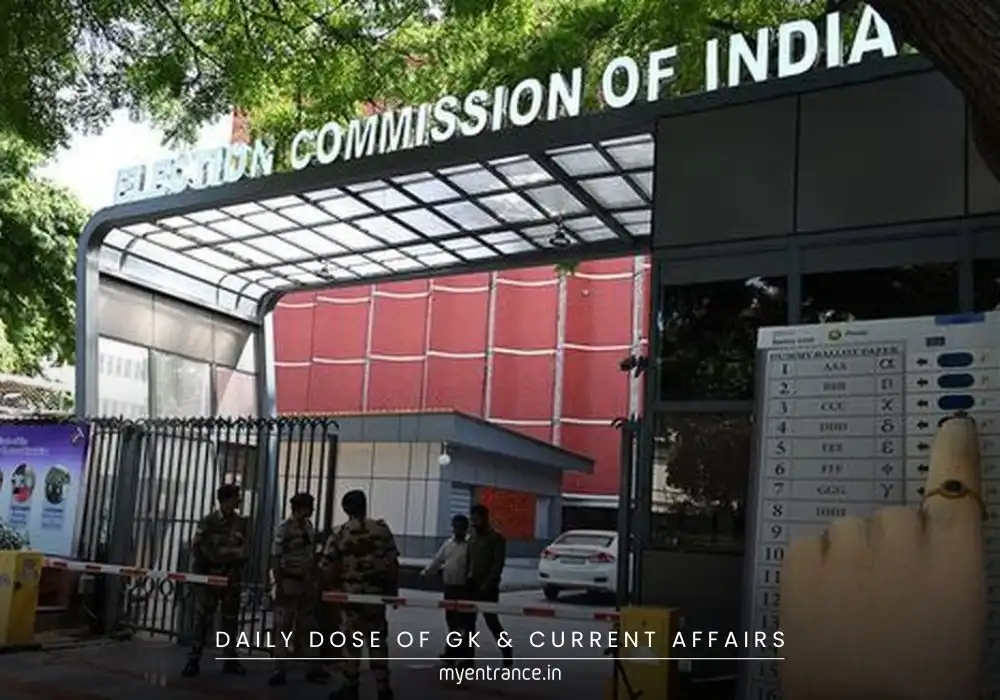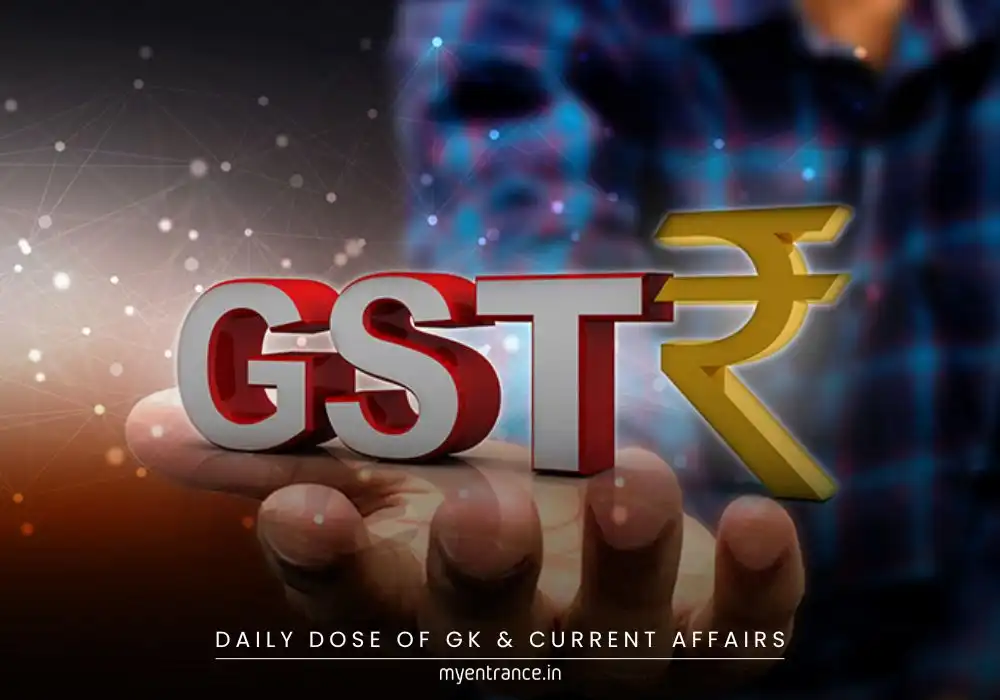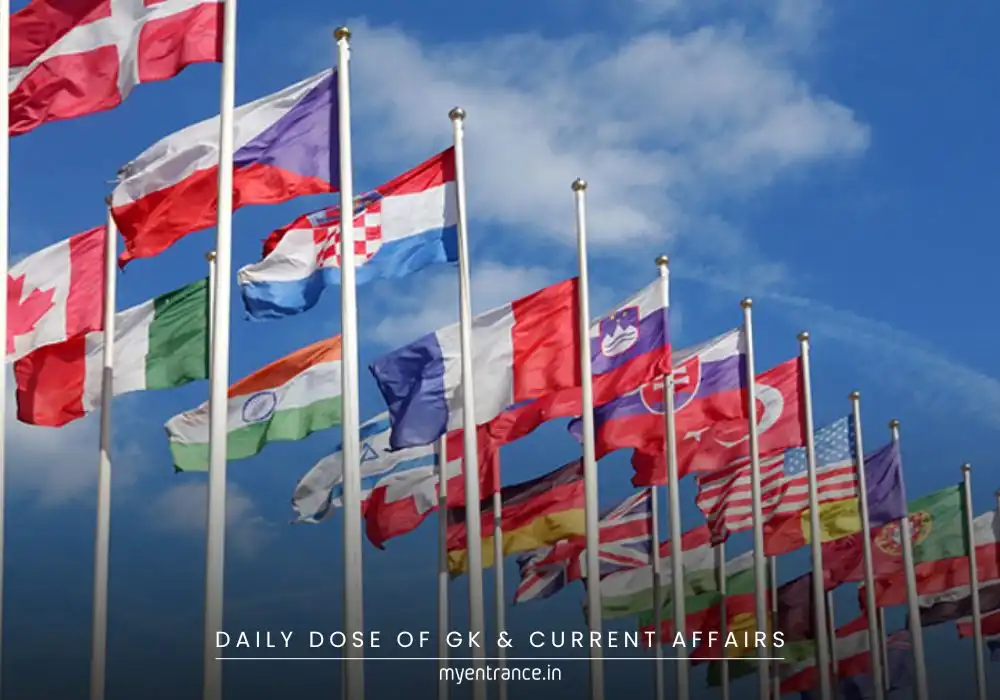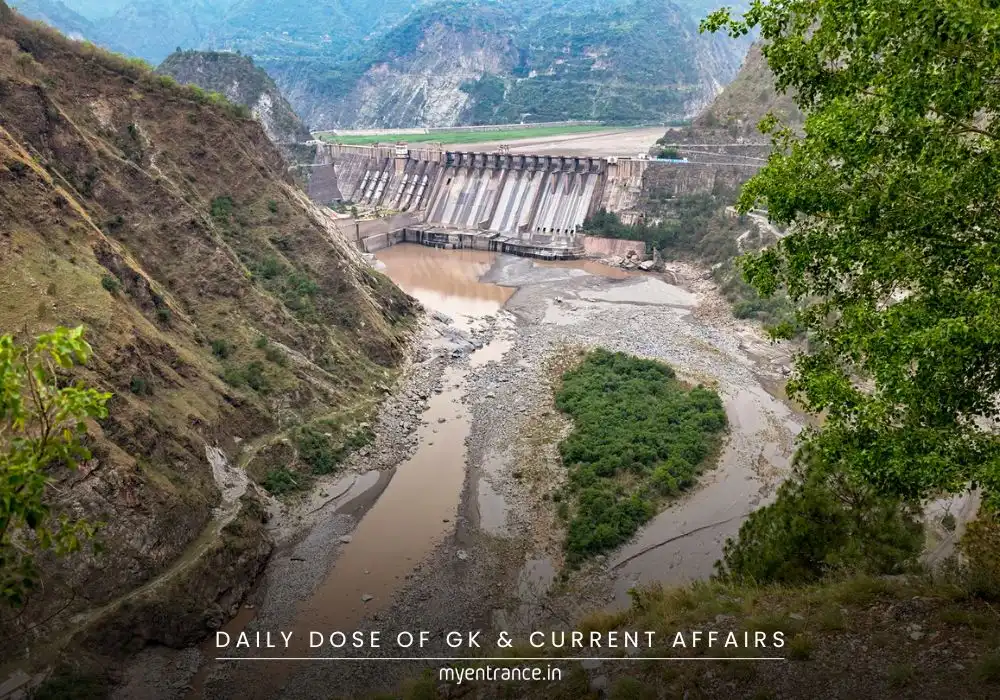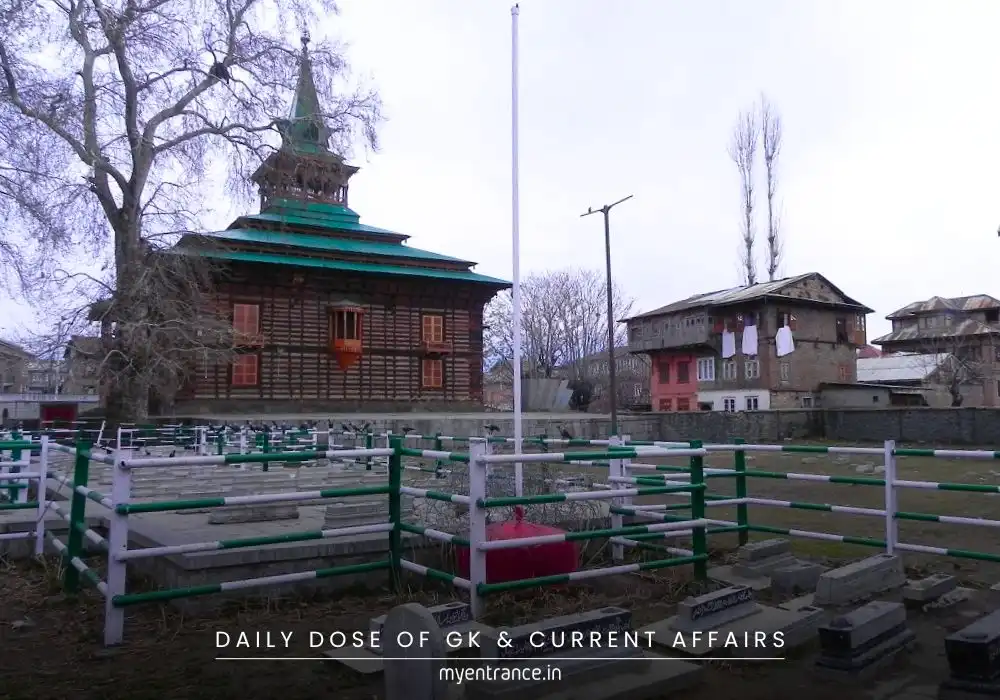Translate Language
Can Iran’s Missile Strategy Outmatch Israel’s Air Dominance? Key Insights
The April 2024 Iranian missile strikes on Israel exposed Tehran’s reliance on asymmetric warfare—missiles and proxy groups—while its outdated air force lagged behind. This conflict offers key lessons for India’s strategic interests and competitive exams.
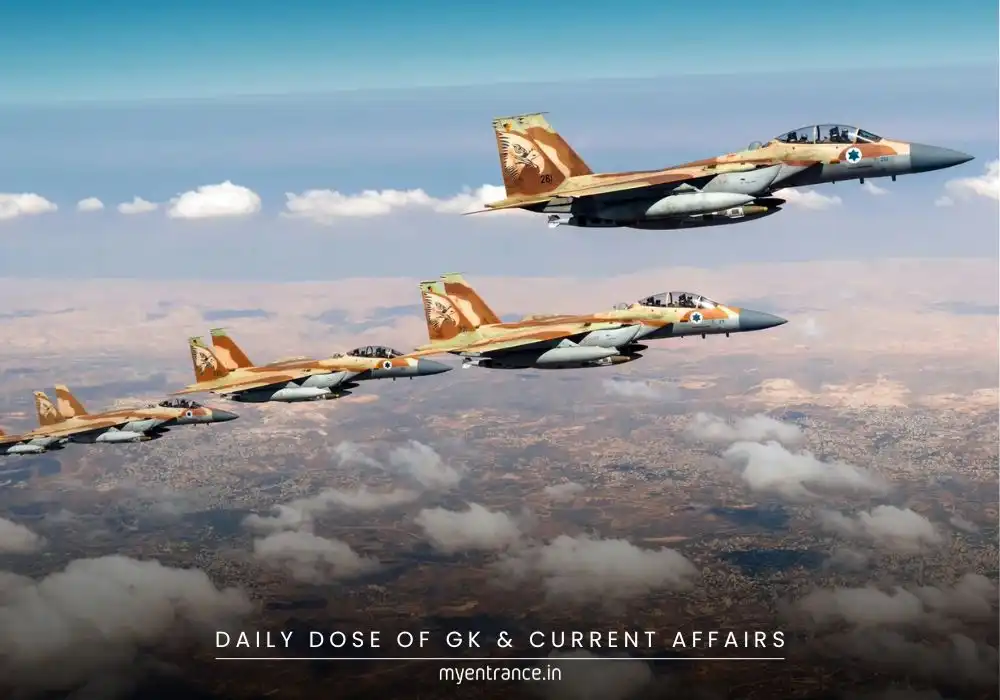
Iran’s Missile Strategy vs. Israel’s Air Dominance
When Iran launched a barrage of missiles at Israel in 2024, one glaring weakness stood out: Iran had no meaningful air power. Unlike Israel’s advanced air force, Iran’s fighter jets (like the 1970s-era F-14s) were nowhere in the skies. Instead, Tehran depended on:
Ballistic missiles (intercepted by Israel’s Iron Dome)
Proxy militias (Hezbollah, Houthis)
Drones (used for harassment, not decisive strikes)
This imbalance stems from Iran’s post-1990s military doctrine, shaped by the Islamic Revolutionary Guard Corps (IRGC). Rather than investing in air superiority, Iran focused on:
✔ Hybrid warfare (proxy groups in Lebanon, Syria, Yemen)
✔ Missile expansion (from Scuds to precision-guided systems)
✔ Asymmetric deterrence (avoiding direct confrontation)
But in modern conflicts, airpower remains king. Israel’s integrated defense (missile shields + electronic warfare + F-35 jets) outmatched Iran’s tactics.
Key Takeaways for Exams
Proxy wars have limits – Iran’s allies (like Hezbollah) can’t replace conventional forces.
Air superiority is decisive – Israel’s dominance stems from advanced jets, not just missiles.
IRGC’s influence backfires – Over-reliance on asymmetric tactics weakens Iran’s strategic reach.
Sample Q&A for Competitive Exams
Q1: Why did Iran’s 2024 missile strikes fail to cripple Israel?
Ans: Israel’s Iron Dome and air defense systems intercepted most missiles, while Iran lacked airpower to suppress defenses.
Q2: How does Iran use proxy groups in West Asia?
Ans: Through Hezbollah (Lebanon), Houthis (Yemen), and Shia militias (Iraq), Iran extends influence without direct war.
Q3: What is the Quds Force’s role in Iran’s strategy?
Ans: A branch of IRGC that trains/arms proxies abroad, executing Tehran’s grey-zone warfare.
Q4: Compare Iran’s and Israel’s military doctrines.
Ans: Iran relies on missiles + proxies; Israel focuses on air dominance + tech-driven defense.
Q5: Why is airpower critical in modern conflicts?
Ans: It enables rapid strikes, reconnaissance, and battlefield control—unmatched by missiles alone.
Why Is This Important for Exams?
UPSC (Prelims & Mains): Covers international relations (GS-II) and security issues.
SSC/CGL: Current affairs on global conflicts and defense tech.
State PSCs: Questions on West Asia geopolitics (e.g., Kerala PSC).
Essay Topics: “Changing Nature of Warfare” or “India’s Stance on Iran-Israel Tensions.”
Get 3 Months Free Access for SSC, PSC, NIFT & NID
Boost your exam prep!
Use offer code WELCOME28 to get 3 months free subscription. Start preparing today!
